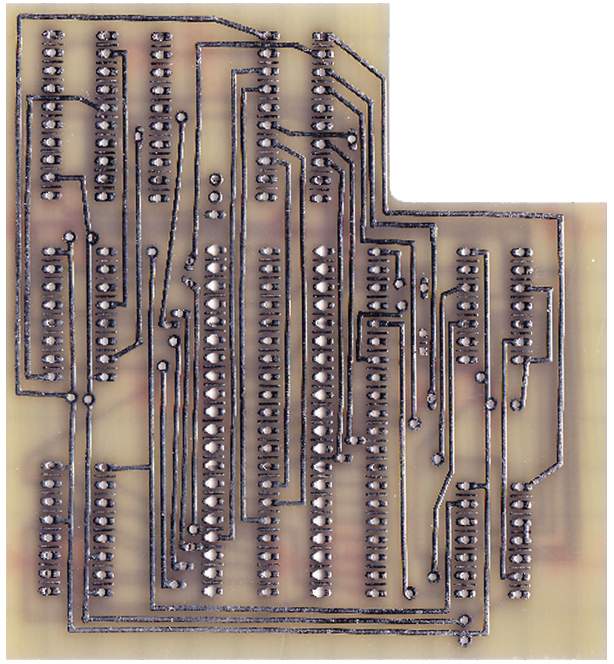

They both may be able to receive the input signal, or one of them may receive When two apps are trying to capture audio,


If it uses a "privacy-sensitive" audio source: In addition, an app is treated differently These include the Google Assistant, and all accessibility services. "Privileged" apps come pre-installed on the device."Ordinary" apps are installed by the user.
Os9 emulator mac macos macos9 android#
Scheme described here is based on a prioritization policy that's appliedĪutomatically whenever a new app starts to capture audio.įor the purpose of capturing audio, Android distinguishes two kinds of apps: Programmatic requests to gain and release focus, while the input switching This scheme is similar to the way audio focus handles multiple appsĬontending for the use of the audio output. In someĬases the system can continue to deliver audio to both apps. The previously capturing app continues to run, but receives silence. In most cases, if a new app acquires the audio input, Once an app starts to capture audio, no other apps can access theĪudio input until the app that is capturing audio stops.Īndroid 10 imposes a priority scheme that can switch the input audio streamīetween apps while they are running. The behavior prior to Android 10 is "first come, first served." When an app without aįoreground service or foreground UI component started to capture, the appĬontinued running but received silence, even if it was the only app capturing One more change was added in Android 9: only apps running in the foreground (orĪ foreground service) could capture the audio input. Privileged app terminated and the new app captured the input. In this case another app could start recording. One exception to this rule was when a privileged app (like Google Assistant or anĪccessibility service) had the permissionĪ_AUDIO_HOTWORD and used an audio source of type If some app was already recording or listening to audio, your app couldĬreate an AudioRecord object, but an error would be returned when you called Pre-Android 10 behaviorīefore Android 10 the input audio stream could only be captured by one app at a How the Android system shares audio input between multiple apps that capture audio. If two or more apps want to capture audio at the same time, there can be a problemĭelivering the audio signal from the same source to all of them. Throughout this page, we use the term "capture" regardless of whether an In either case, these apps want to receive audio input. While other apps might be "listening," like the Google Assistant or an accessibility service that Sometimes two or more apps might both want to "capture" the same audio input.įor example, some apps that receive audio might be "recording," like a simple voice recorder, Audio input usually comes from the built-in mic, an external mic, or anĪudio interface attached to the device.


 0 kommentar(er)
0 kommentar(er)
